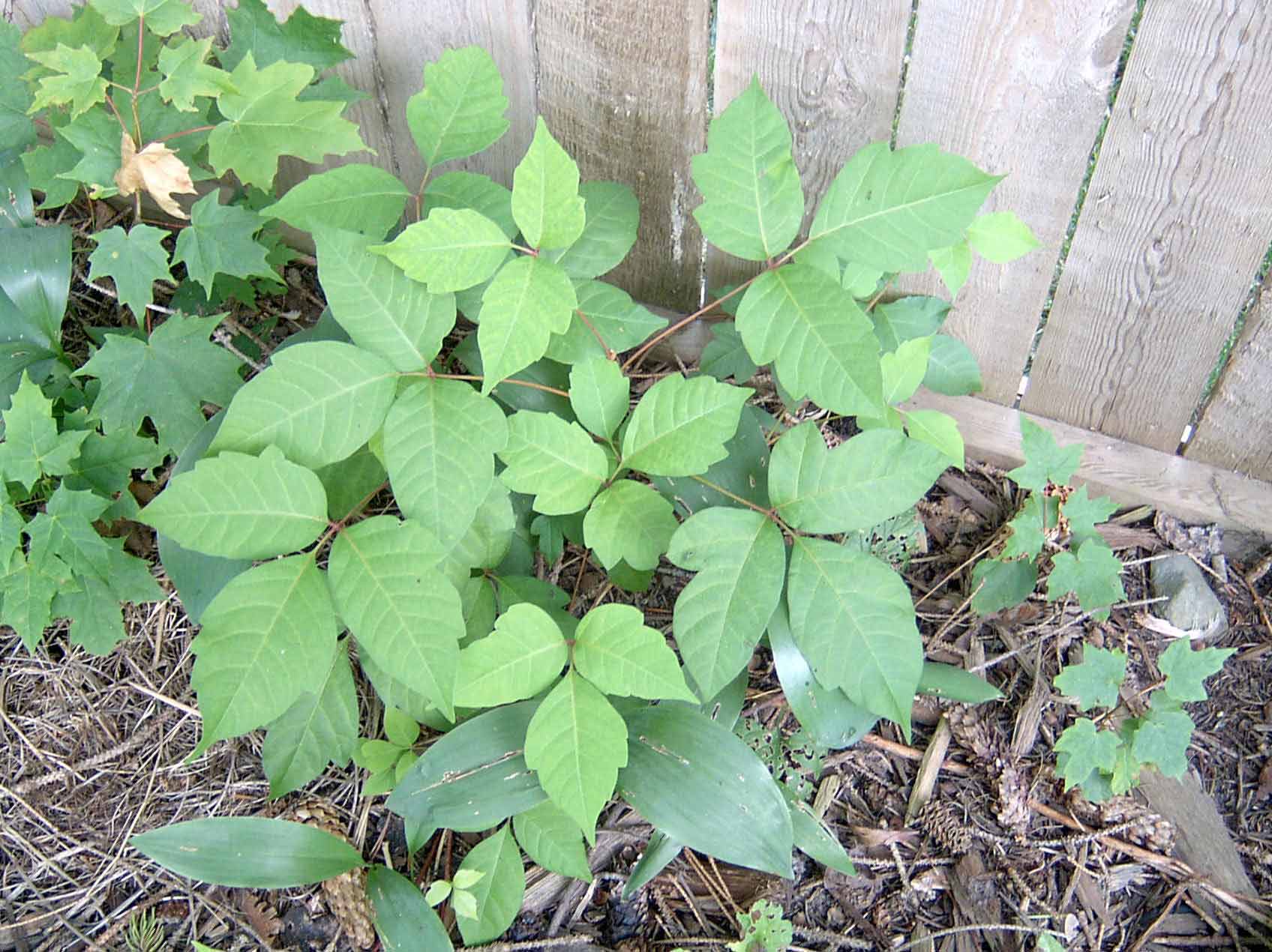 As a service to students who are thinking of entering the medical and medical support professions, StraighterLine is running short posts on medical terms. Each post will define one medical problem or condition.
As a service to students who are thinking of entering the medical and medical support professions, StraighterLine is running short posts on medical terms. Each post will define one medical problem or condition.
Today’s medical term is . . . Poison Ivy Dermatitis
This is the time of year when people start working in their yards, hiking, and spending more time outdoors. Some of them come into contact with poison ivy, and experience first-hand the horrible rashes and discomfort (dermatitis) that it causes.
Poison ivy is no joke. The irritant that it contains – an oil called urushiol – is one of the most irritating substances found anywhere, especially for people who are have strong allergic reactions to it. If you come into contact with the stuff, it can take weeks until the painful rash that it causes subsides.
To make it all worse, there are plenty of ways to come into contact with urushiol. You can brush against a poison ivy plant. You can touch a pet or a garden tool that has been in contact with a plant. You can brush against a person who has been in contact too. If you burn a pile of brush that contains poison ivy plants, the smoke can contain enough urushiol to give you a pretty bad case of poison ivy.
If you get a mild case of poison ivy dermatitis, some over-the-counter remedies can help reduce the discomfort. If you have a more severe case, see a dermatologist.
Prevention
The best strategy is to avoid getting poison ivy dermatitis in the first place. Here are some steps to take . . .
- Get to know what poison ivy looks like. I’ve included one picture of a poison ivy plant with this post. The problem is, not all poison ivy plants look the same. Some are little and red-hued and angry-looking, with shiny leaves. Others, like the one in the picture that accompanies this post, are green and leafy and non-threatening. If you are not sure whether a plant is poison ivy or not, keep your distance. If you have a yard and use a yard service, ask one of your yard maintenance people to look around your property for poison ivy plants and remove them safely.
- Get rid of any poison ivy plants that are on your property. But do so carefully! One good approach is to wear a long-sleeved shirt, put on long gloves that cover your forearms, spray the plants with a weed killer, and clip them off at ground level while being careful not to touch the leaves or stems. Let the plants die and dry up for several weeks, then use a rake or other garden tool to pull up the plants. Do not touch or burn them. Without picking them up, put them in a solid plastic disposal bag. Go to a corner of your property where kids don’t play, wash the rake you used, using soapy water and a long-handled brush. Rinse everything off with a garden hose and keep your distance. Remember, usushiol is one potent irritant.
- If you go hiking, stay out of areas where there is thick undergrowth. And if you take a dog hiking with you, keep your pooch on a leash, so you can control where he or she goes. As noted above, you can get a bad case of poison ivy from a dog that has come into contact with it.
- Thoroughly wash your hands, arms, and ankles after doing yard work or hiking – whether you think you have been in contact with poison ivy or not. Some people believe that a bar of brown laundry soap does the best job of washing off the poisonous oil, but any mild soap should help.
Hope the information in today’s post helps you enjoy a great summer that’s free of rashes and itching!
Related Training
Online Medical Terminology Course
Online Biology Course
Anatomy and Physiology Course
Related Posts
Start Training Today for a Career in Healthcare - Get your free guide here!
How One Student Uses StraighterLine to Prepare for Medical School
Thinking of a Career in Health Care? An Online College Course Can Help You Decide
Is Online Learning the Cure for the Common Cold?
Motivate Yourself to Beat the Summer Blues
Categories: Health Care Education
Previous Post Next Post